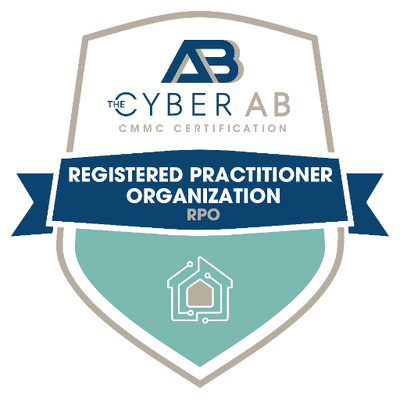Insider threat is one of those cybersecurity terms that you hear about a few times a year, during initial on-boarding, annual security refresher training, and whenever there is an annual security assessment that requires training records to be validated. But what exactly is an insider threat and how are you supposed to address this risk?
This article addresses the following:
- What is an insider?
- What is an insider threat?
- Types of insider threats and how to identify them
- How to detect an insider threat?
- How to protect and train your employees on insider threats?
What is an insider?
An insider is any individual who has, or had, authorized access to or knowledge of an organization’s resources. Most employees of any organization can be considered an insider. As employees, we have the trust of an organization to view and or handle sensitive information and have access to sensitive areas. We have organization assets, such as computers and mobile devices, with direct access to the organization’s network. Trusted employees even have privileged access to certain resources, to include the organization’s business tactics, year-to-year goals of the organization, and in some cases, human resource records of all employees.
What is an insider threat?
An insider threat is a cybersecurity risk that occurs within an organization, company, and agency. It is the risk that a current or former employee, contractor, or vendor, improperly uses their knowledge of the organization to cause intentional harm or unintentional harm.
Learn more: An Introduction to Cybersecurity Incident Response Planning
Types of Insider Threats and How to Identify Them
Insider threats will fall into one of two categories, intentional or unintentional. Within each of these categories are additional specific types of insider threats.
Unintentional threats occur either by negligence or accidental actions by an employee who had no intention of causing harm to the organization. Some of the best examples of this are accidentally sending a sensitive business document via email to a rival, involuntarily clicking on a hyperlink in an email, or opening an email attachment that may contain malware. Involuntary insider threats can also arrive from negligence. A few examples include misplacing things like thumb drives, leaving sensitive documents lying around, as well as allowing piggybacking of individuals into an organization without properly knowing who they are.
Intentional or malicious insider threats are more exciting than unintentional threats, because intentional or malicious insider threats tend to spotlight on espionage, sabotage, workplace violence, and theft. These threats emerge from employees, contractors, or vendors who intentionally abuse their privileged access to steal data or destroy systems for financial, personal, and/or malicious reasons. These insider threats may collaborate with a third party or nation state to harm the organization or government agency.
Intentional or malicious threats often have a greater negative impact. They may require a great deal of effort to pull off and many times involve multiple parties throughout the globe. One example of an intentional malicious insider threat is espionage, either government or commercial.
How to Detect an Insider Threat
The best way to detect an insider threat is to look at certain indicators. Two common indicators are behavioral and digital. For digital indicators, examples include an employee accessing resources that they are not permitted to or accessing data that is not relevant to the day-to-day job functions. The employee may continually request access to organization resources that they have no business accessing. Or an employee may access the organization’s applications or network outside of normal working hours.
As for behavioral indicators, some indicators to look out for include displaying bitterness toward co-workers, repetitive violation of organizational policies, repeated attempts to sidestep the security of the organization, and considering resignation or discussing new opportunities with fellow co-workers.
How to Protect and Train Employees Against Insider Threats
There are several ways to protect and train employees on insider threats. One of the most popular solutions to protect against insider threats is role-based training. As mentioned earlier, employees are probably one of the biggest threats to an organization. However, employees are also the best defense that an organization has against insider threats. It all starts with an insider threat awareness training program. Employees must be adequately trained to identify and report on insider threats as they notice them.
Additionally, organizations can be proactive against insider threats by installing and configuring threat detection tools. Aspects to consider when selecting a threat detection tool can include the following:
- A tool that uses machine learning to establish a baseline of normal activity
- A tool or service that is configurable to alert select administrators of potential insider threats
- A tool that can look for secondary indicators of a threat before fully flagging an intrusion into your environment.
Learn more: AI Isn’t Secure and I Guess We’re OK With That (A Quick Survey of AI Vulnerabilities)
To summarize, the threat posed by insiders within organizations is a significant concern in today’s cybersecurity landscape. In order to protect itself, It’s important to not only properly define what is meant by “insider,” but also to outline the different types of threats they may pose, intentional or otherwise. There are plenty of indicators, both digital and behavioral, that can be observed in order to identify said threats.
Ultimately, safeguarding against insider threat requires a multifaceted approach that involves not only technological solutions, but also a culture of awareness and vigilance among all organization members. By staying informed and implementing appropriate strategies, organizations can better protect themselves from potentially devastating consequences.
Why Haven’t You Checked the Children?
You’re not alone — and we mean that in a good way. 38North Security can help secure your organization from cyber threats, both inside and out. Get in touch today!




